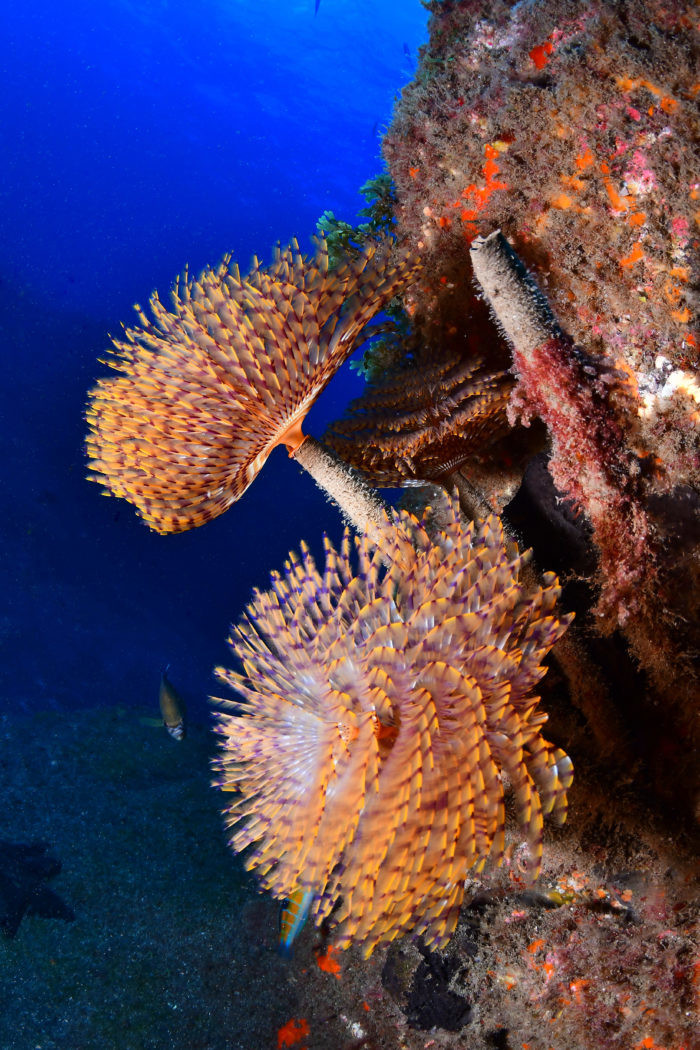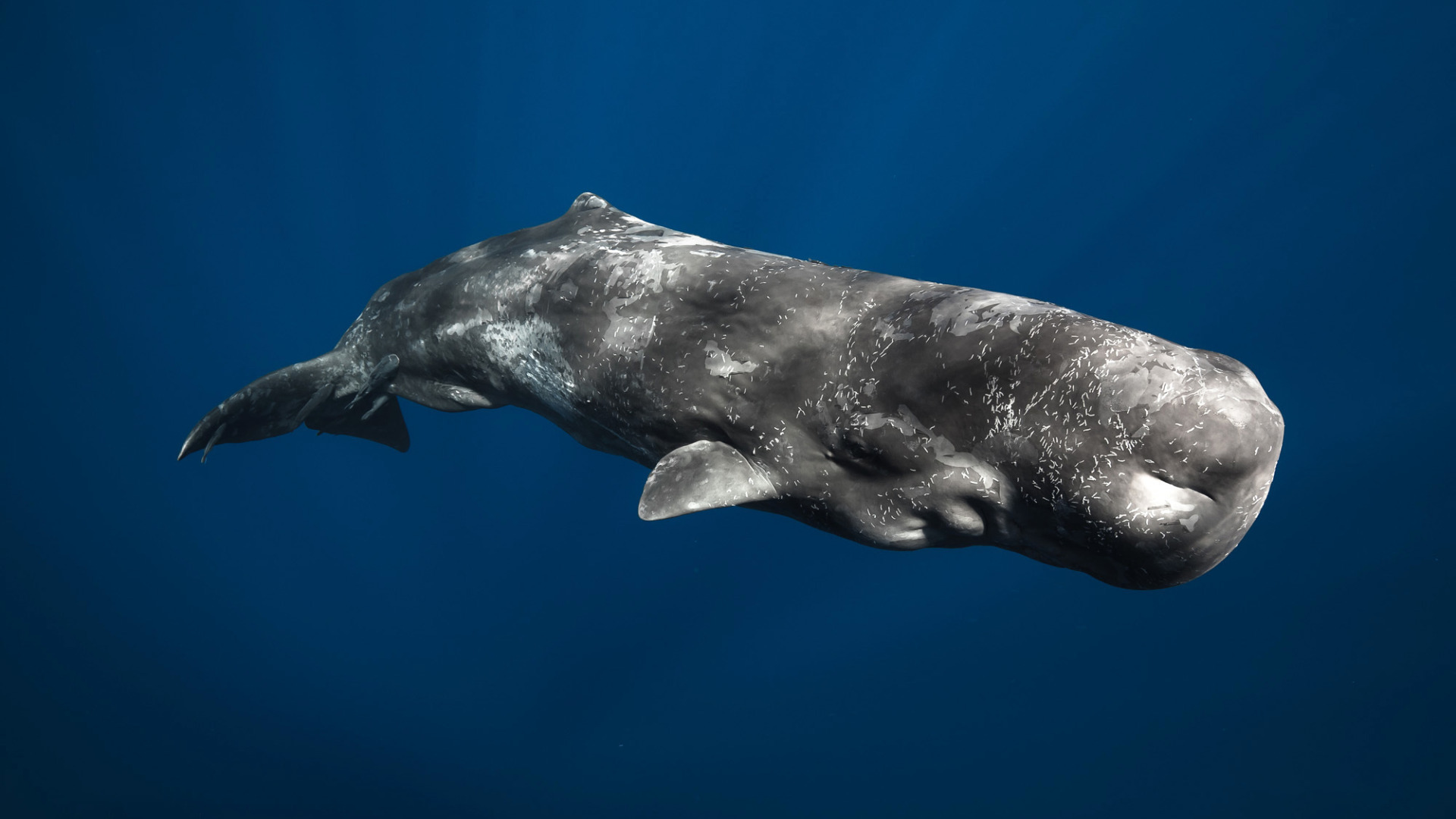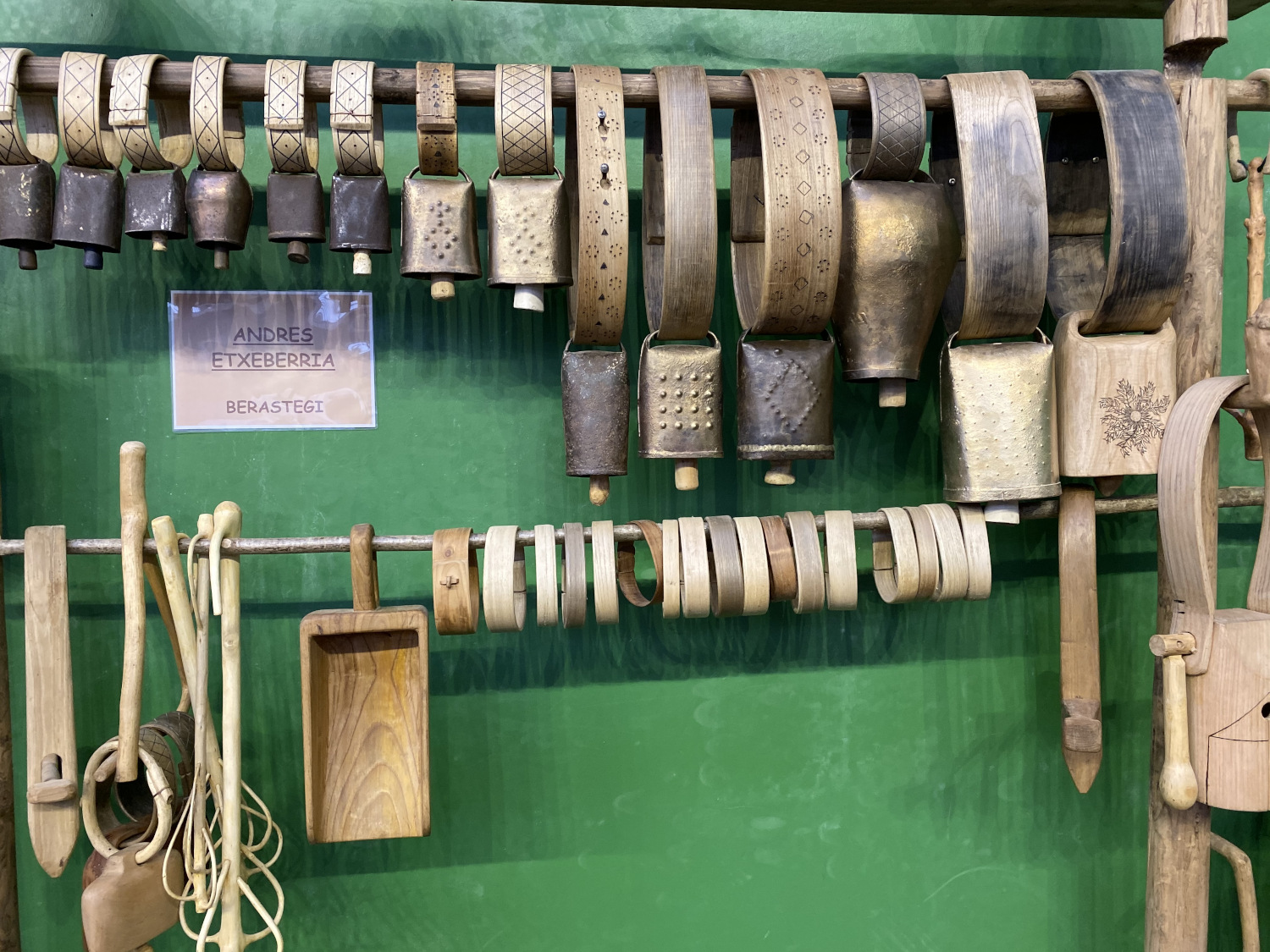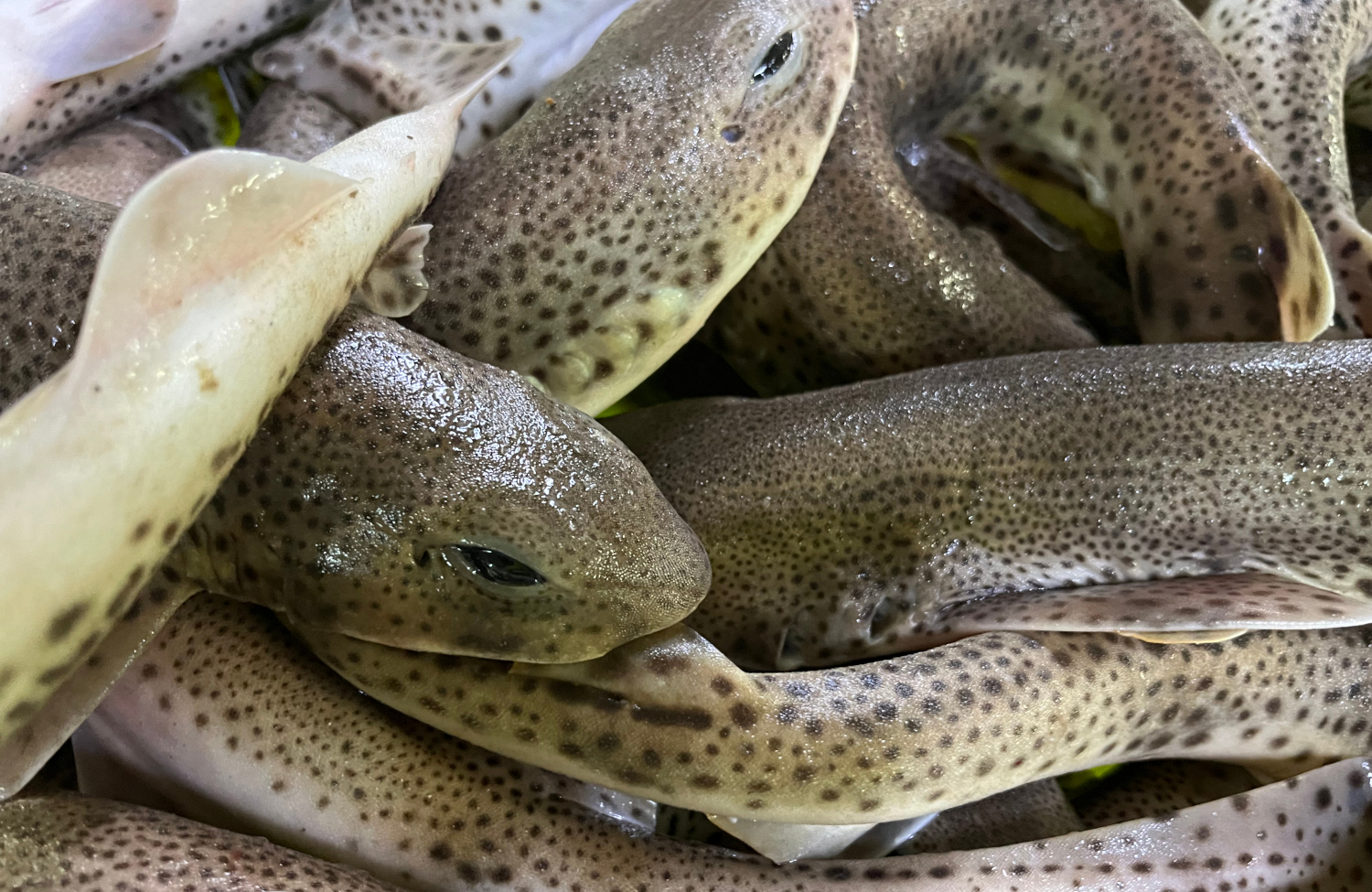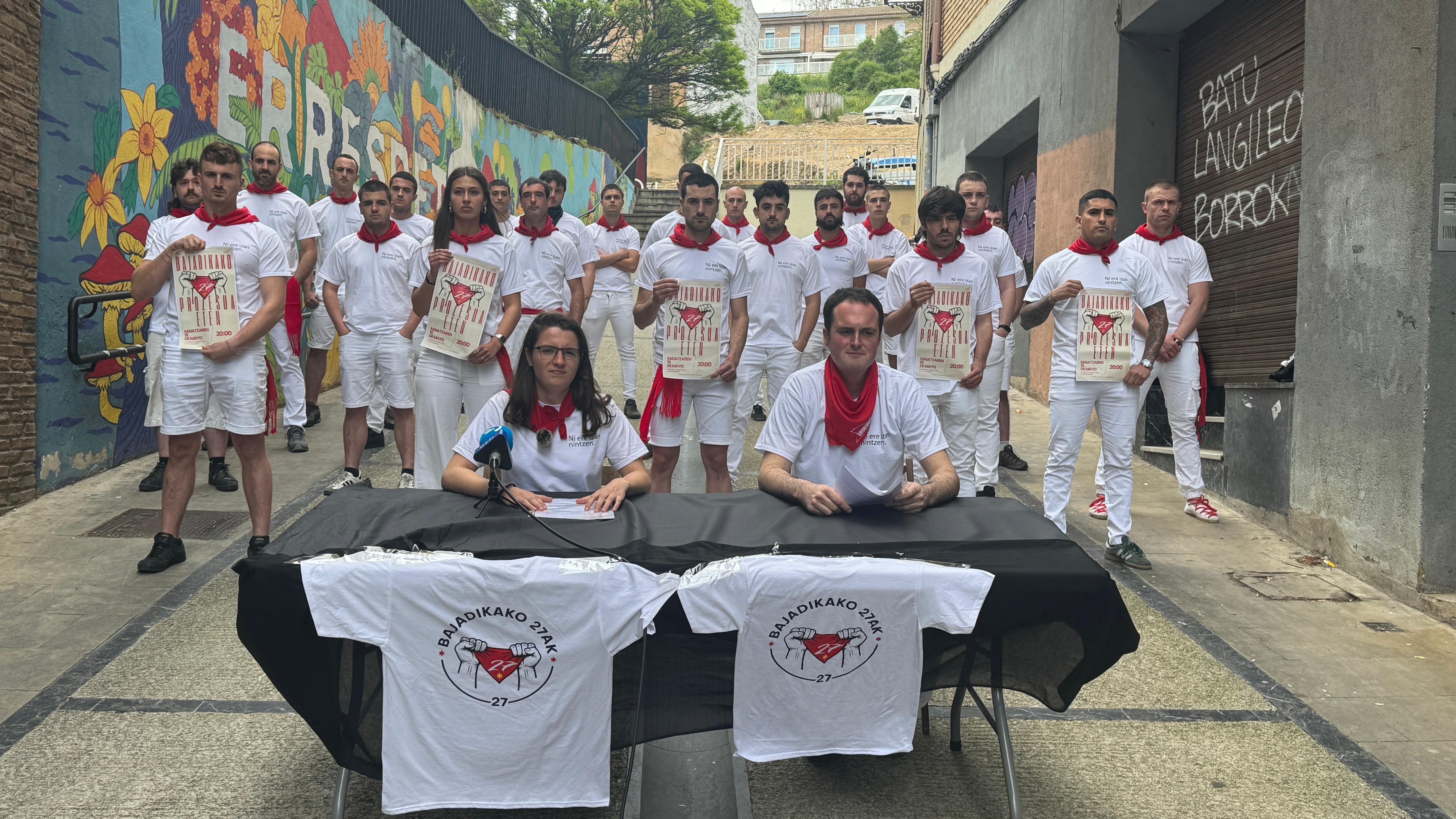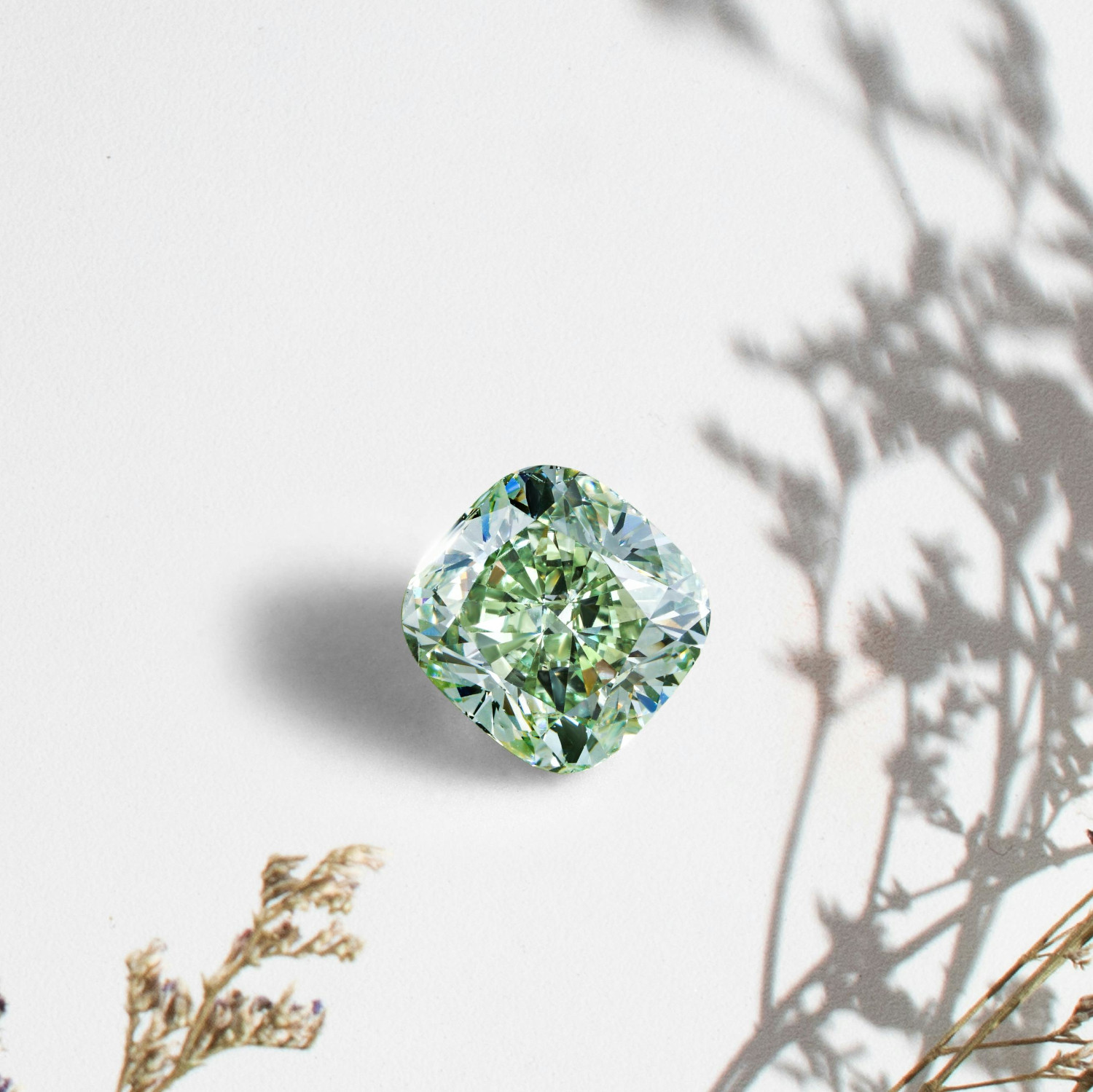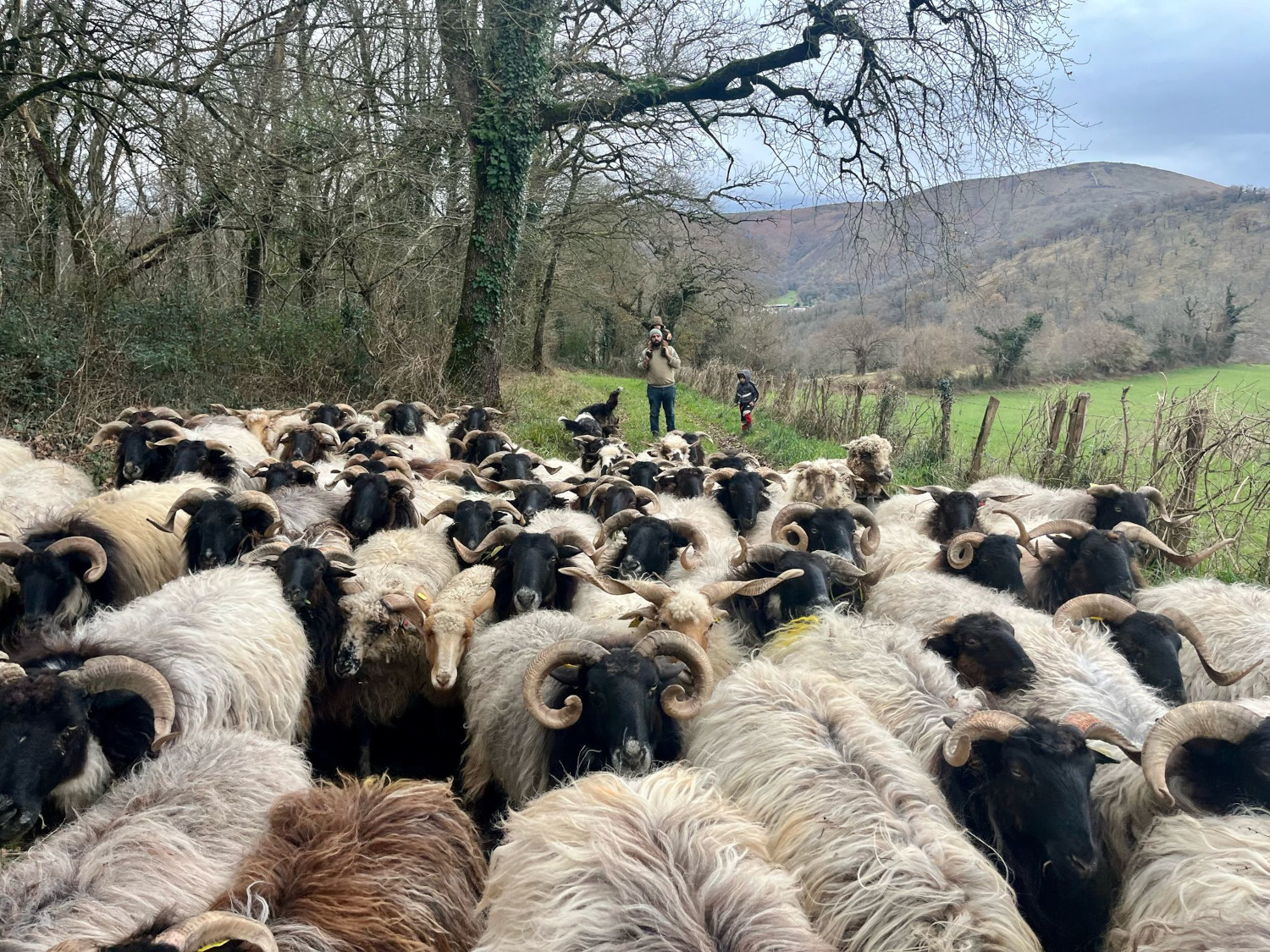Chilli, pain and heat
- Cold demands heat. We called ourselves in the heat before the longest days of summer arrived in May. So we think of the coldest winter, when we plant peppers. There are many varieties of peppers: sweet, hot, spicy and very spicy. We call "guindilla" what is eaten fried in summer and preserved in vinegar in winter, Capsicum annuum. It often adapts the pain, especially when eating fried and surpasses the size of the salad, which was a nail over 12 cm for our father. From there the risk of pain is higher, either because it increases or because it generates more capsaicin than membrane with more warm time to increase. The eternal debate among pepper lovers. I like the big ones like tikis, and if you prefer the pain point, the pain point and not the warmth of those who raise your whole mouth.

And what lightning does the peppers plant take? Why work in the production of this heating capsaicin? The plant does not need to grow or live. Capsaicin is used by the pepper plant. Capsaicin is an alelochemical, that is, the theme produced by the plant to influence the environment. First, some lathe plants will have difficulties to be born and grow through the capsiine: lettuce (Lactuca sativa), alfalfa or lucerne (Medicago sativa) and some herbs. Studies indicate that it may delay up to 50%. It also slows down herbivorous animals, they don't want to burn their palate or their tongue. It also scares animals that, as herbivores, produce pests. Capsaicin is found in the bell pepper pulp, but above all in the whitish membrane that holds the seed rows inside the bell pepper. In peppers seeds, capsaicin also plays a specific role: although the seed does not have this theme, this membrane distances the fungi that rot before their expansion, such as those of the Fusarium genus, incurable enemies of the vegetable plants.
Pepper seeds are dispersed by birds, they are the best allies of pepper. They don't feel the warmth of capsaicin and scatter the elegant seeds. On the contrary, herbivores rotate the seeds between cold and tile and reduce the ability to germinate. It seems that peppers have begun to evolve so that there is more and more capsaicin, so that they don't get close to betting on birds and smell the herbivores.
In some sports capsaicin is a prohibited substance. The pain of the bell pepper makes the athlete forget that he suffers and is hypersensitive. For example, in holiday sports it is prohibited. Four mares tested positive for capsaicin at the Beijin 2008 Olympic Games. The knights wanted to warm their pockets, and the mares were very hot, but of course they were disqualified!
Pond of Venice, year 452. Prompted by the Huns' invasion, several inhabitants of the interior of the Italian peninsula took temporary refuge in the swampy area. But the Lombard invasions came in a few years, and it would become a permanent home for those immigrants. It was a... [+]










